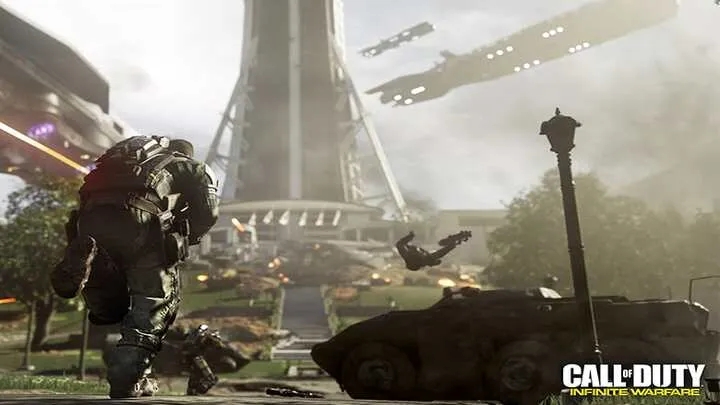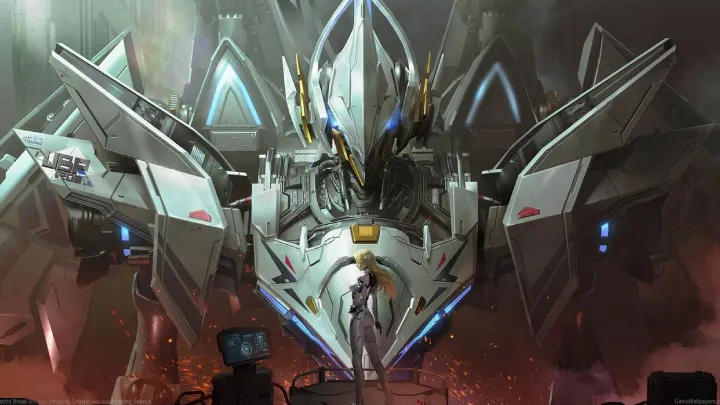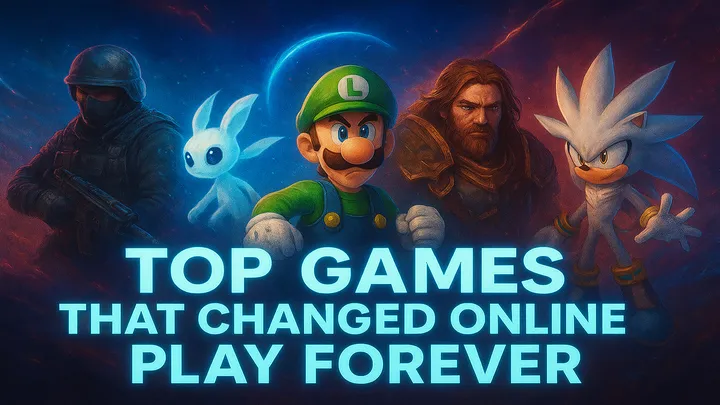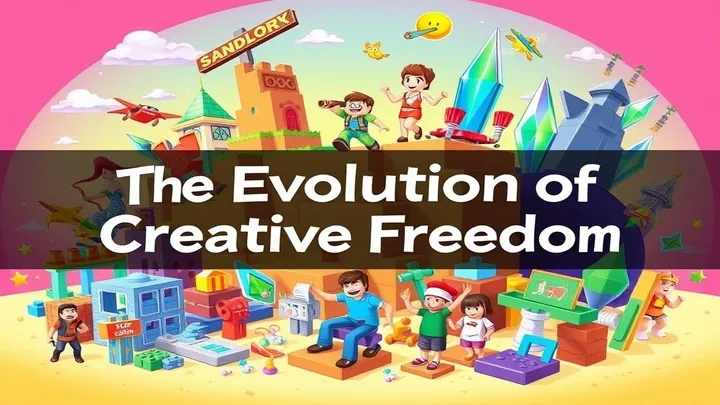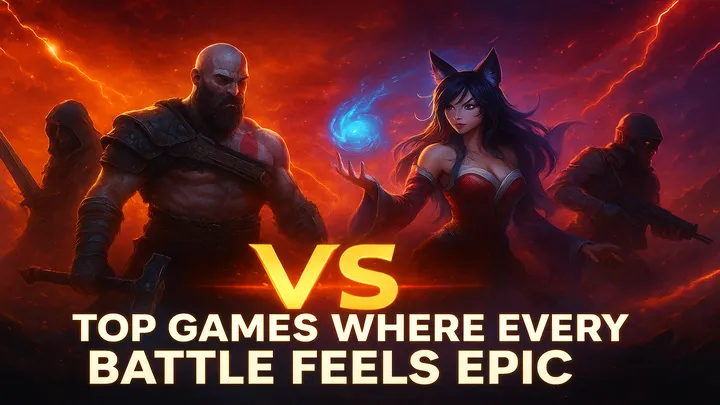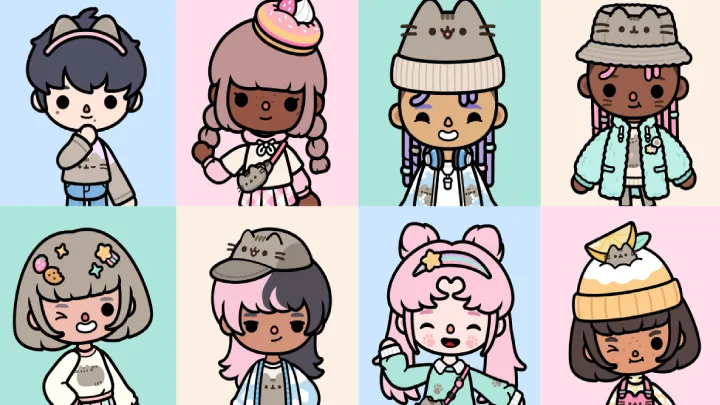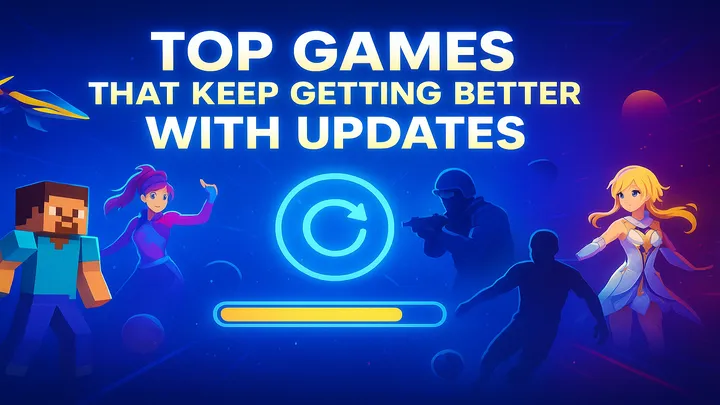The Legend of Zelda has always been more than an action-adventure series. Beneath its puzzles, dungeons, and sword combat lies a recurring fascination with time and memory. From Ocarina of Time’s groundbreaking time travel mechanics to Breath of the Wild’s fragmented memory sequences, Nintendo has consistently used these themes to redefine both storytelling and gameplay.
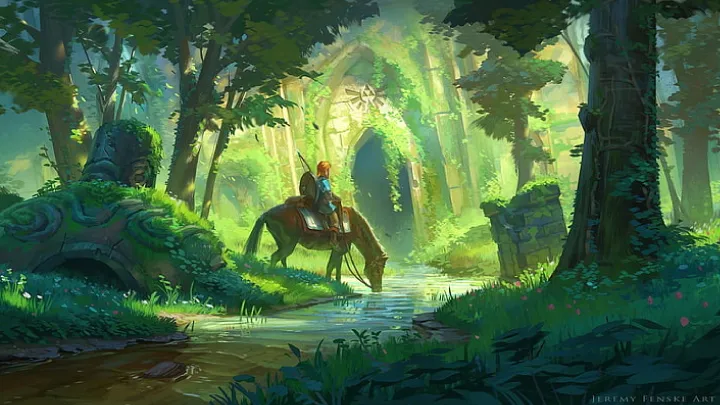
Exploring the interplay of time and memory reveals how the series grew beyond traditional adventure games into experiences that challenge players emotionally and philosophically. This article traces that evolution across different Zelda titles, showing how the concepts matured and shaped the identity of the franchise.
Early Hints of Time in the NES and SNES Era
The original Legend of Zelda (1986) and A Link to the Past (1991) lacked explicit time mechanics, but they planted seeds of temporal duality.
- A Link to the Past introduced the Dark World and Light World, a prototype for later time-shifting.
- The mechanic symbolized dual timelines and mirrored realities, making players aware that Hyrule existed in more than one dimension.
Though primitive compared to later installments, these ideas laid the foundation for the franchise’s preoccupation with time as a core design philosophy.
Ocarina of Time and the Birth of Temporal Mastery
Ocarina of Time (1998) revolutionized gaming not just with 3D visuals but with its manipulation of time. Link traveled between childhood and adulthood, changing the world state.
- The Song of Time became an instrument for rewinding and controlling progression.
- Actions taken as a child—like planting seeds—directly impacted the adult world.
- This interplay made time not just a narrative device but an active puzzle mechanic.
Ocarina’s impact was monumental, embedding time as central to Zelda’s identity and inspiring countless game designers afterward.
Majora’s Mask and the Three-Day Cycle
If Ocarina introduced time manipulation, Majora’s Mask (2000) perfected it. The three-day cycle forced players to relive events, managing their time while saving Termina.
- Every NPC followed a precise schedule, and memory became the player’s tool to recall when and where events occurred.
- The Song of Time allowed resets, while masks unlocked new layers of temporal storytelling.
- The looming moon served as a constant reminder of the fleeting nature of time.
Majora’s Mask turned time into tension, making memory and planning as important as combat. It remains one of the series’ most thematically rich experiments.
The Oracle Games and Time as Interconnected Worlds
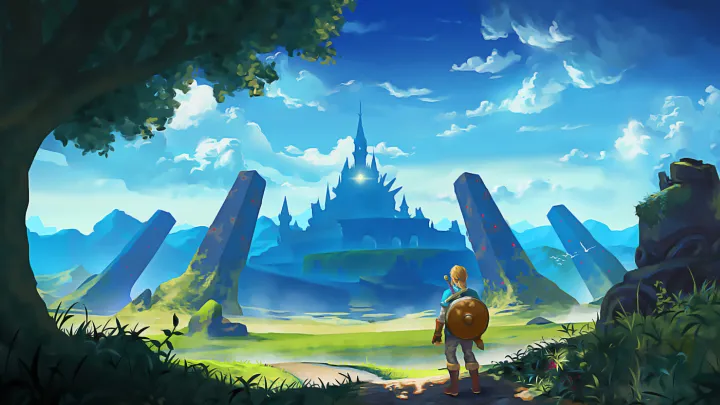
Oracle of Ages (2001) and Oracle of Seasons (2001) experimented with splitting time into parallel adventures.
- Oracle of Ages focused on traveling between the past and present, showing how history shaped the present world.
- Players had to remember cause-and-effect sequences, such as planting a seed in the past to harvest a tree in the future.
- Linking the two games created an overarching timeline, reinforcing the theme of interconnected eras.
This duality showed Nintendo’s ambition to merge narrative, mechanics, and chronology across multiple games.
Twilight Princess and Subtle Manipulation of Temporal Memory
Twilight Princess (2006) revisited dual worlds, echoing A Link to the Past. While less explicit about time travel, memory and transformation were key.
- The Twilight Realm represented forgotten or corrupted memory, distorting Hyrule’s familiar spaces.
- Link’s ability to shift into a wolf paralleled the shifting perception of past and present realities.
- The game’s somber tone emphasized nostalgia, a form of memory manipulation that shaped emotional experience.
Twilight Princess demonstrated that Zelda could integrate time and memory subtly, without overt mechanics.
Skyward Sword and the Origins of History
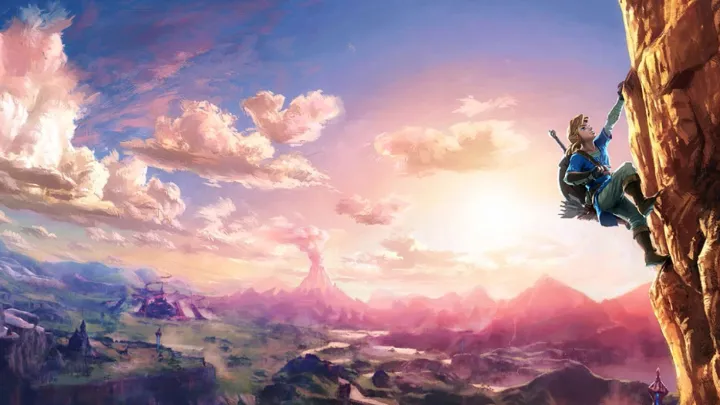
Skyward Sword (2011) explored time differently by positioning itself as the chronological beginning of the Zelda saga.
- The Timeshift Stones temporarily restored ruins to their past glory, blending puzzle-solving with temporal shifts.
- This mechanic emphasized the fragility of memory, where ancient civilizations could only be glimpsed in fleeting moments.
- By tying gameplay to Zelda’s origin myth, the game fused temporal mechanics with the weight of historical memory.
Skyward Sword made time feel like archaeology—players weren’t just exploring dungeons, but uncovering lost histories.
Breath of the Wild and the Fragmentation of Memory
Breath of the Wild (2017) stripped away linear storytelling and replaced it with memories scattered across Hyrule.
- Link awoke from a century-long slumber, his memory erased.
- Players uncovered the past through recovered memories, piecing together Zelda’s struggles and Hyrule’s fall.
- This non-linear approach emphasized personal memory reconstruction, making discovery a deeply emotional journey.
Here, time wasn’t just mechanical but experiential—players felt the weight of forgotten history and their role in restoring it.
Tears of the Kingdom and Expanding the Temporal Canvas
Tears of the Kingdom (2023) expanded on Breath of the Wild’s memory motif while weaving in new time mechanics.
- The recall ability allowed objects to move backward in time, creating innovative puzzle dynamics.
- Zelda’s transformation into the past as the Sage of Time tied memory to sacrifice, adding tragic resonance.
- The sky islands and underground caverns symbolized layers of forgotten time, hidden above and below Hyrule.
Tears of the Kingdom pushed the idea that time and memory are not only personal but cosmological forces shaping Hyrule itself.
Time, Memory, and Player Agency
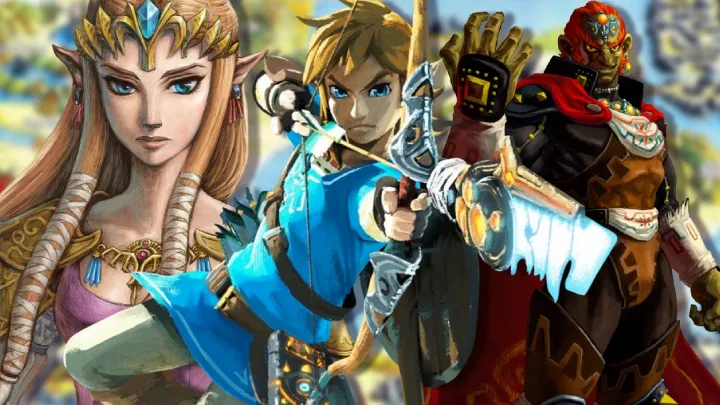
Looking across the franchise, one constant emerges: Zelda uses time and memory to make players active participants in narrative discovery.
- Ocarina demanded players think across ages.
- Majora’s Mask tested memory management.
- Breath of the Wild invited emotional reconstruction through fragments.
Time and memory aren’t passive themes but mechanics that demand agency, embedding story into gameplay rather than separating them.
The Legacy of Time and Memory in Zelda
The Legend of Zelda has continually returned to time and memory because they are universal, resonant, and endlessly flexible.
- They allow for mechanics that challenge logic and perception.
- They anchor narratives in themes of loss, nostalgia, and hope.
- They invite replayability, as memory and time are never experienced the same way twice.
This thematic consistency ensures Zelda remains timeless, reinventing itself while staying true to its core.
Conclusion
The Legend of Zelda’s obsession with time and memory has defined its growth as a franchise. From Ocarina of Time’s revolutionary dual worlds to Breath of the Wild’s fragmented memories and Tears of the Kingdom’s temporal puzzles, Nintendo has consistently woven these ideas into both mechanics and narrative. Time and memory ensure that every Zelda game isn’t just about defeating Ganon—it’s about remembering who we are, where we’ve been, and how our choices shape the world around us.









